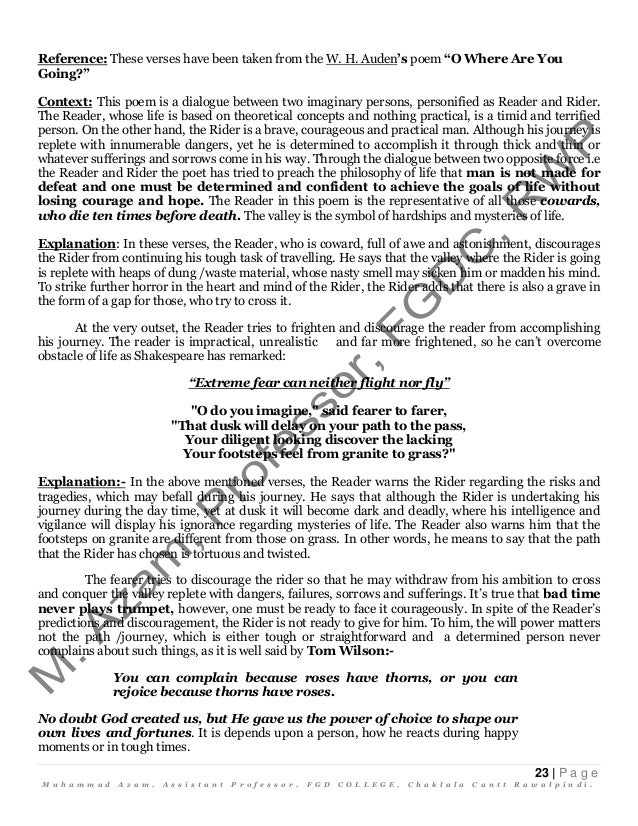
This paper analyses a number of spaces in our portfolio of built projects and environments – from hospitals to campuses, workplaces, schools and libraries – to investigate the impact of shifting the lens of our combined critique and approach to design from meaning/narrative and cost/efficiency towards ‘affects’, ie, how we’re shaped by mood, atmosphere and feelings.įrom this foundation, with anxiety, isolation and loneliness in our societies on the rise, we could reframe our approach to rethink what and how we build, and equip ourselves with the framework and tools to design healthier environments that address the complex range of human individual and social needs. Auden, was a sympathetic satire on the attempts of human beings to escape, through their own efforts, the anxiety of our age. His 1947 poem by that title, wrote Monroe K.

#Auden age of anxiety pdf series
In 2002, Polzin created a series of 99 paintings based on Auden’s book length poem, adopting the title ‘Age of Anxiety’. It was Auden who characterized the 30s as the age of anxiety. Likewise, the relentless pursuit of economy at the expense of experience, rather than co-existing with it, has led to landmark projects that fail to recognise basic aspects of human behaviour. The Age of Anxiety The 99 paintings (Alexander Polzin) Literature and, above all, poetry have been a deep inspiration for Alexander Polzin’s artworks. ISBN 6-9 Manufactured in the United States of America 9 8 7 6 5 4 3 2. The modern imperative to design something individual tends to override considerations of how it might shape the behaviours Library of Congress Cataloging in Publication Data Auden, Wystan Hugh, 1907-1973. Architectural criticism and discourse have historically been shaped by interpretation and narrative, with its currency of meaning, while those who commission and fund our built environment tend to focus on consideration of cost, profit, speed of construction, risk and, at times, ‘marketability’. These needs, so important to our lives, are often at the periphery of conversations about the future of design. The most important characteristic of our built environment is whether it meets the needs of its occupants, residents and visitors, both material and psychological.

What role do our cities, buildings and spaces play in contributing to – or, more importantly, in – addressing this new age of anxiety? Today, it appears disturbingly prophetic, as anxiety appears to have become our everyday milieu and is being considered not only as a medical but also a sociological condition. It explores the spiritual emptiness, loneliness, and anxiety-ridden purposelessness of four characters’ lives, ending at dawn on the streets of the city.

In 1944, the poet W H Auden began work on The Age of Anxiety, a six-part verse highlighting human isolation in the modern age.


 0 kommentar(er)
0 kommentar(er)
